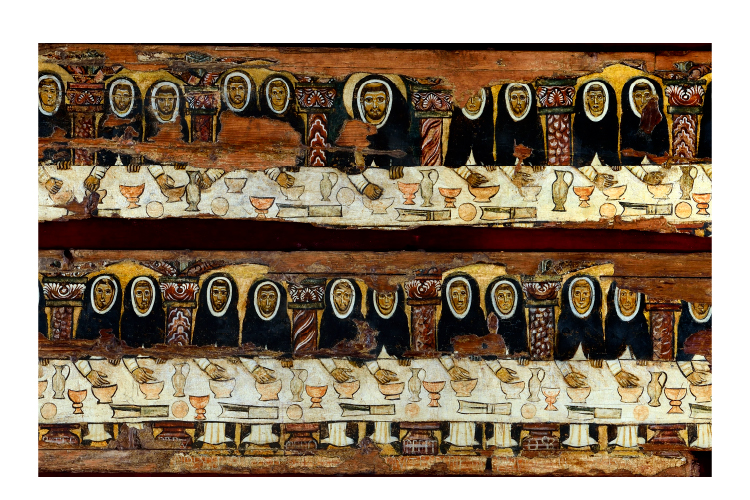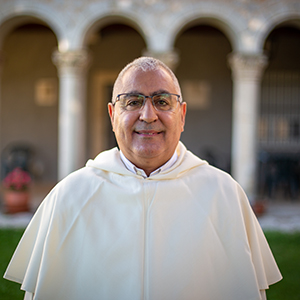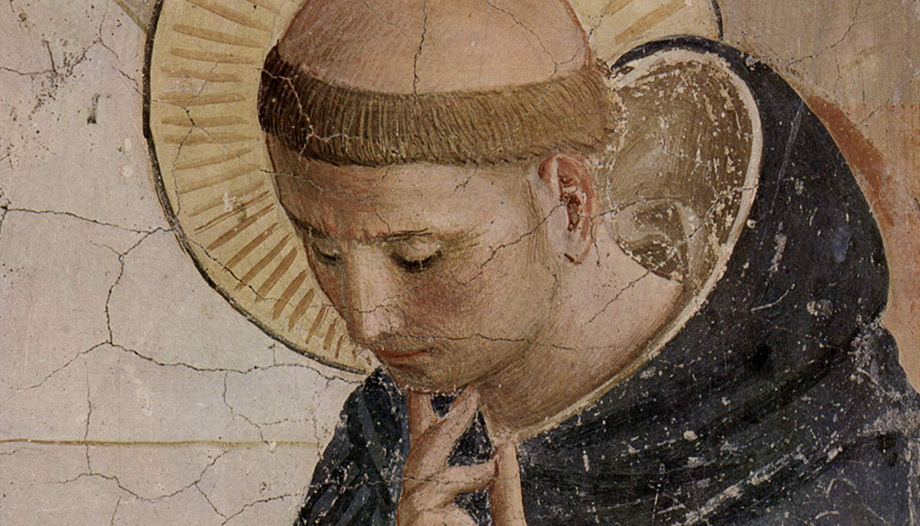The Dominican family celebrates this year, from January 6, 2021 to the same day in 2022, a Jubilee Year which, despite the pandemic, highlights the influence of this universal saint whose charism of preaching takes new forms in the world of digital communication while maintaining the spirit of dialogue and encounter of its founder.
Friar Juan Carlos Cordero is responsible for the Jubilee of St. Dominic in the Province of Hispania and has talked to Omnes about this Jubilee Year, which he defines as a "beautiful opportunity to take up again the figure of St. Dominic of Guzman".
With new languages and new challenges, St. Dominic of Guzman is a saint who has much to say in dialogue with today's man.
Friar Juan Carlos Cordero
This year, the Dominican family celebrates the 800th anniversary of the Dies Natalis of its founder. After these eight centuries of life, what does St. Dominic of Guzman mean for today's world?
- 800 years after his death, St. Dominic is a figure that is not only on a pedestal but is still present in the lives of a multitude of men and women. First of all, in the lives of those who form the Dominican Order, spread throughout much of the world and carrying out the mission of preaching the Gospel today. With new languages and new challenges, St. Dominic of Guzman is a saint who has much to say in the dialogue with the man of today.
Since January, you have been celebrating an intense Jubilee Year, how are you living this Jubilee marked by the pandemic?
- It is true that the pandemic has conditioned to a great extent the celebration of the Jubilee. Beyond that, this time is a beautiful occasion to take up again the figure of St. Dominic. The Jubilee began on January 6, 2021 in Bologna, where St. Dominic is buried, and will last until January 6, 2022. We celebrate his dies natalishis true birth to eternal life.
The motto "At table with St. Dominic" refers to that tabula, that 13th century Mascarella tablet, which is one of the first representations of St. Dominic and which was dispersed. It represents St. Dominic among his brothers, seated at a table. It has been reunited and is now on display in Bologna. The motto reminds us that St. Dominic is still present. When he was about to die, he used to say to those few friars who were with him and who were crying "do not be sad because I will be more useful to you from Heaven". That is the idea: he is still present and continues to encourage and guide us, at that table of dialogue, of fraternity. A table that excludes no one, that must be open to all men and women, because it is about sharing the message of God's Love for all.

The Dominican family has within its charism the proclamation of the Gospel. We must not forget, for example, what the study centers and universities promoted by the Order of Preachers have meant. In today's world, marked by "intercommunication", how can this mission of the Dominicans be updated?
- It is evident that, in the different Chapters of the Order, from the general to the local ones, these new means of communication and preaching are being assumed. In the background, always underlies the concern for how to preach the Word of God, the Gospel to the men and women of today.

Preaching, in order to be evangelical today, must be based on dialogue with everyone. A dialogue that supposes listening, welcoming the other, putting ourselves in the place of the other and sharing this search, the search for Truth, Good, God, goodness, beauty... Love, in short.
It is not a matter of preaching by imposing slogans, but of preaching a God who dialogues, so much so that the Son is the Word made flesh, who assumes our human condition to put himself on our level, to speak with us and to show us the horizon of human life.
How is the Dominican family organized today?
- The Dominican Order is one, it is 800 years old, without divisions or splits. The Dominican friars have a Superior General and a General Council in Rome in the Basilica of Santa Sabina and the friars are grouped in provinces, some of them emerged during the life of St. Dominic as France, England or Spain.
From very early on, the Dominicans were organized in convents of a few friars dedicated to study and preaching who elected their superiors. The superiors of the convents of a zone form the Chapters. Every four years a Provincial Superior is elected. Every nine years, these superiors, together with other representatives elect the Master of the Order, successor of St. Dominic. In addition, during the Chapters, the Order dedicates two or three weeks to the presence, life and mission in the world today, how our communities live, how they can be more faithful to what St. Dominic wanted, how to be more coherent, more evangelical and more adequate to the times we live in.
Saint Dominic is still present and continues to encourage and guide us, at that table of dialogue, of fraternity.
Friar Juan Carlos Cordero
One of the most curious things about the Dominicans is that the nuns, the Dominican feminine branch, was prior to the Order of male preachers. Saint Dominic thought that the work of preaching had to be supported by contemplation, therefore, in 1206, ten years before the friars, he founded in Perugia the first community of contemplative nuns, which would be the germ of the Dominican nuns.
Key dates
August 6 - November 14
Exhibition 'Domingo de Guzmán. The origins of a universal saint', in the Royal Monastery of the Dominican Mothers of Caleruega. The exhibition includes pieces such as the baptismal font in which Saint Domingo de Guzmán received his baptismal waters in 1170 and which, since 1605, has been in the monastery of Santo Domingo el Real in Madrid and in which kings and infants born in Spain have been baptized.
March 25 - October 7, 2021
Exhibition "At the table with Santo Domingo". (A tavola con S. Domenico) at the Basilica of San Domenico in Bologna where the "Tablet of the Mascarella" will be exhibited for the first time in its entirety.
September 22- 25 of 2021
Historical Congress "Dominic and Bologna: genesis and evolution of the Order of Friars Preachers".
January 6, 2022
Closing of the Jubilee Year







